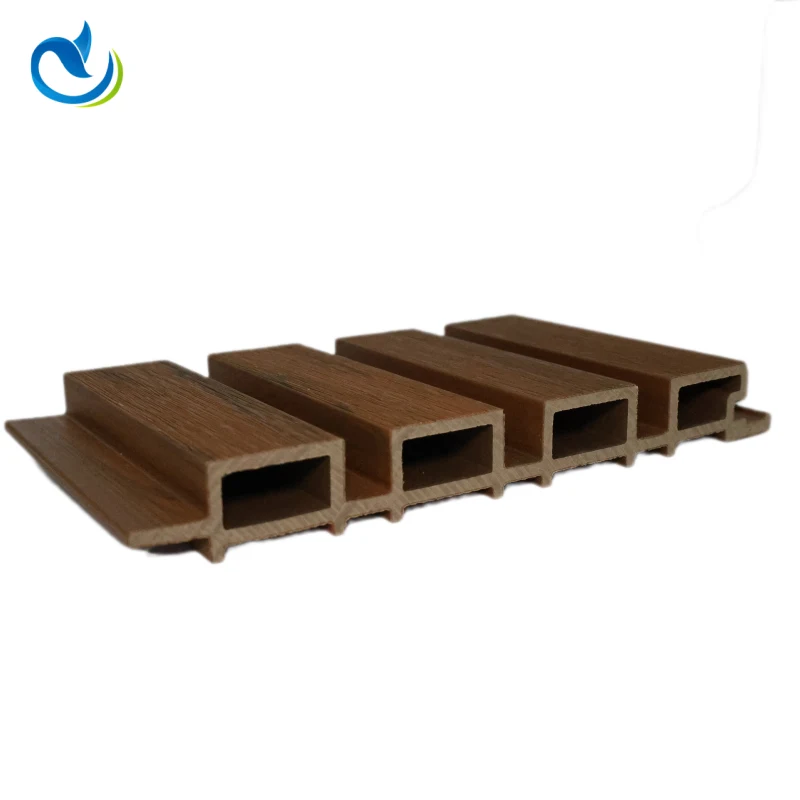A better understanding of WPC
2025-05-06
Wood-plastic composites (WPC) are plant fibers (sawdust, waste wood, tree branches, crop stalk powder, bran powder, wheat straw powder, peanut shell powder, etc.) and various wood-plastic composite profiles made from plastic (PP, HDPE, PVC, PS, ABS) as the main raw materials, combined with other additives, through extrusion molding.
In recent years, China's wood-plastic composite materials have gradually developed into a national strategic emerging industry. According to statistics, in 2019, the output of wood-plastic composite materials in China reached 3.2 million tons, and China replaced the United States to become the world's largest producer and exporter of wood-plastic products.
With technological innovation, the process has evolved from the earliest single-screw extruder to the second-generation conical twin-screw extruder, then to the initial granulation by parallel twin-screw extruder, and finally to the cone screw extrusion molding. The improvement of the process can compensate for problems such as difficult plasticization, poor anti-aging performance, and poor anti-rheological properties, and better enhance the tensile strength of WPC boards.
After years of research and accumulation in Arris factory, the WPC wall panels produced can fully meet the requirements of GB/T 24137 and ASTM D7031; ASTM D7032; BS DD CEN/TS 15534-3.
Currently, WPC products have become a popular product in the building materials market. Their advantages in wood substitution and environmental protection have gradually emerged. With the increasing demand for green and ecological building materials, the market prospect of WPC products is broad. In the future, WPC products will develop towards environmental protection, functionality, intelligence, and high added value. As consumers, choosing the appropriate WPC products is very important. Only by choosing high-quality products can we bring better usage experience and value.

Here are some main advantages of WPC materials:
Environmental friendliness: WPC materials are made by mixing wood powder and plastic, reducing the use of wood and helping to protect forests. They can also be recycled and reused to minimize waste.
Durability: WPC has good weather resistance and is not prone to rotting, fading or decomposition, making it suitable for use both indoors and outdoors.
Low maintenance: Compared to traditional wood, WPC materials have lower maintenance costs. They do not require painting or coatings and only need regular cleaning.
Insect and pest resistance: Due to the inclusion of plastic, WPC materials have a stronger resistance to termites and pests.
Diversity of appearance: WPC materials can imitate the texture and color of wood and can also be customized to various appearances to meet different design requirements.
Lightweight: WPC materials are relatively lightweight, making them easy to install and transport.
Water resistance: WPC has good water resistance and is not prone to absorbing water or expanding, making it suitable for humid environments.
Sound insulation: WPC materials have certain sound insulation properties, reducing noise transmission.
Fire resistance: Some WPC materials have been treated to have higher fire resistance.



